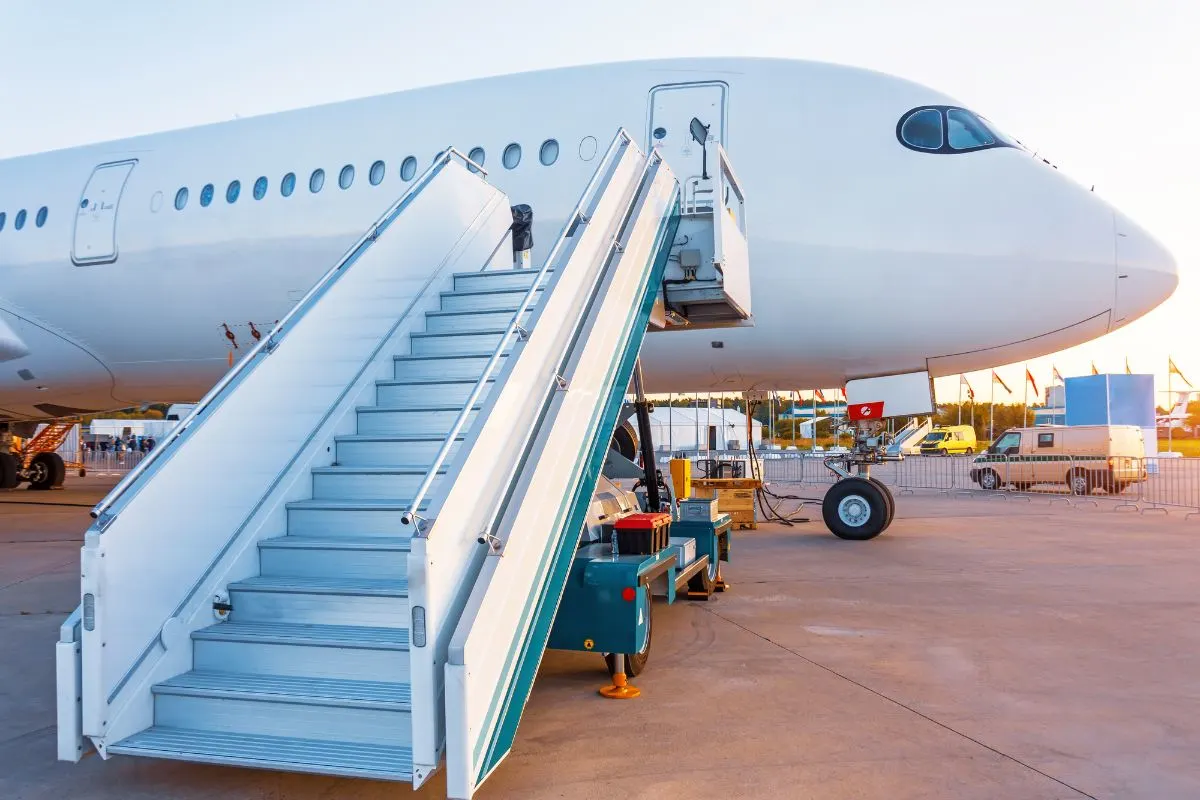
Let me start by saying, the answer to the profit margin for a commercial jet seat is about $17 and that varies according to many variables. Also, the profit margin for a commercial jet is 11 percent. But what does this mean exactly? After all, when it comes to saving money on air travel, we all want the latest scoop.
As a paid blogger for Seat Guru, I understand a few tricks about getting the most of the value of an airplane ticket. Airfare needs to be affordable, but flying in an uncomfortable seat is beyond misery. So along with finding the best price of ticket I can when flying, I make sure to get the most out of the experience while in the air. As I plan out the next year of travel, I see a lot of airplane seats in my near future.
What I really want to know is, what is the profit margin per commercial jet flight? What about per seat? That way, I can know for sure that I am getting the most value for my travel dollars.
Profit Margin Per Commercial Jet Flight

Now that I have shared with you the secret of the profit margin per commercial jet seat, let’s take a look at what the percent is for a commercial jet flight. According to the WSJ, the profit margin is about 11 percent as of 2018. You are expecting this to be different now that we have been through the travel shutdown due to COVID-19. Of course, this figure is always fluctuating based on a variety of factors.
However, I would like to stick to the pre-pandemic figures until we have a better handle on post-pandemic travel, and especially air travel. Compare this to the profit margin of a budget hotel, which is 11.6 percent, and you can easily see a conjecture. There is not a lot of money to be made in this industry.
Additionally, there is not a lot of room for error if you are working as a manager of commercial air flight operations. It is your job and responsibility to cut costs without jeopardizing the safety of the airplane and its flight path.
While all businesses have some control over saving money, a commercial jet is governed by the Federal Aviation Administration (FAA) among other important agencies. These agencies monitor airflight and ensure that all planes and seats for passengers are wholly safe–bottom line.
Profit Margin Per Seat on a Commercial Jet

The profit margin per seat for a commercial jet is $17 a person. That is the amount that a commercial jet airline will make from a single passenger who pays for a regular priced ticket. I consider myself a frequent flier, and I have taken advantage of several opportunities from airlines for free airplane tickets. This has always come from airline distress, such as when I lived through the four-day shutdown of Delta Airlines when traveling domestically.
After spending a couple of nights on the carpeting floors sleeping in Delta terminals at the Minneapolis and Atlanta airports, waiting for the electric storm to pass, the airline gave me a few vouchers to redeem for free airplane tickets.
It was worth it in the end, because I was able to get two of our planned vacation trips for free as a result. While this cost the Delta brand $1,000 more for the vouchers for myself alone, I really do wonder where they are able to make a profit.
Expenditures for Airlines and Commercial Jets

An airplane cannot fly without fuel, and while jet fuel is the most expensive for plane upkeep, it is the actual cost of a plane that is the biggest expense. A Boeing 737 costs about $106.1 million and that is for a single commercial jet plane. In order to recoup those expenses, commercial jet planes are focused on making the most profit off of each passenger.
These passengers are provided with a seat in economy class, or with a personal space, as with first class seating. The amount of seat space provided for each passenger is another area where airlines make up any loss. These commercial jets charge a premium for every inch of space that is provided for a passenger.
Additionally, meals, snacks, and beverages are becoming less frequent as airlines look at cutting costs and expenses. As it turns out, not having food and beverage service throughout the flight reduces expenses, as well as waste from passengers.
This helps airlines cut costs, and has become an easy solution, since passengers are more at ease with bringing their own snacks and drinks on board. It is the wave of the future as passengers become more in control over how they handle flying, even though airlines are consistently more focused on profits.
